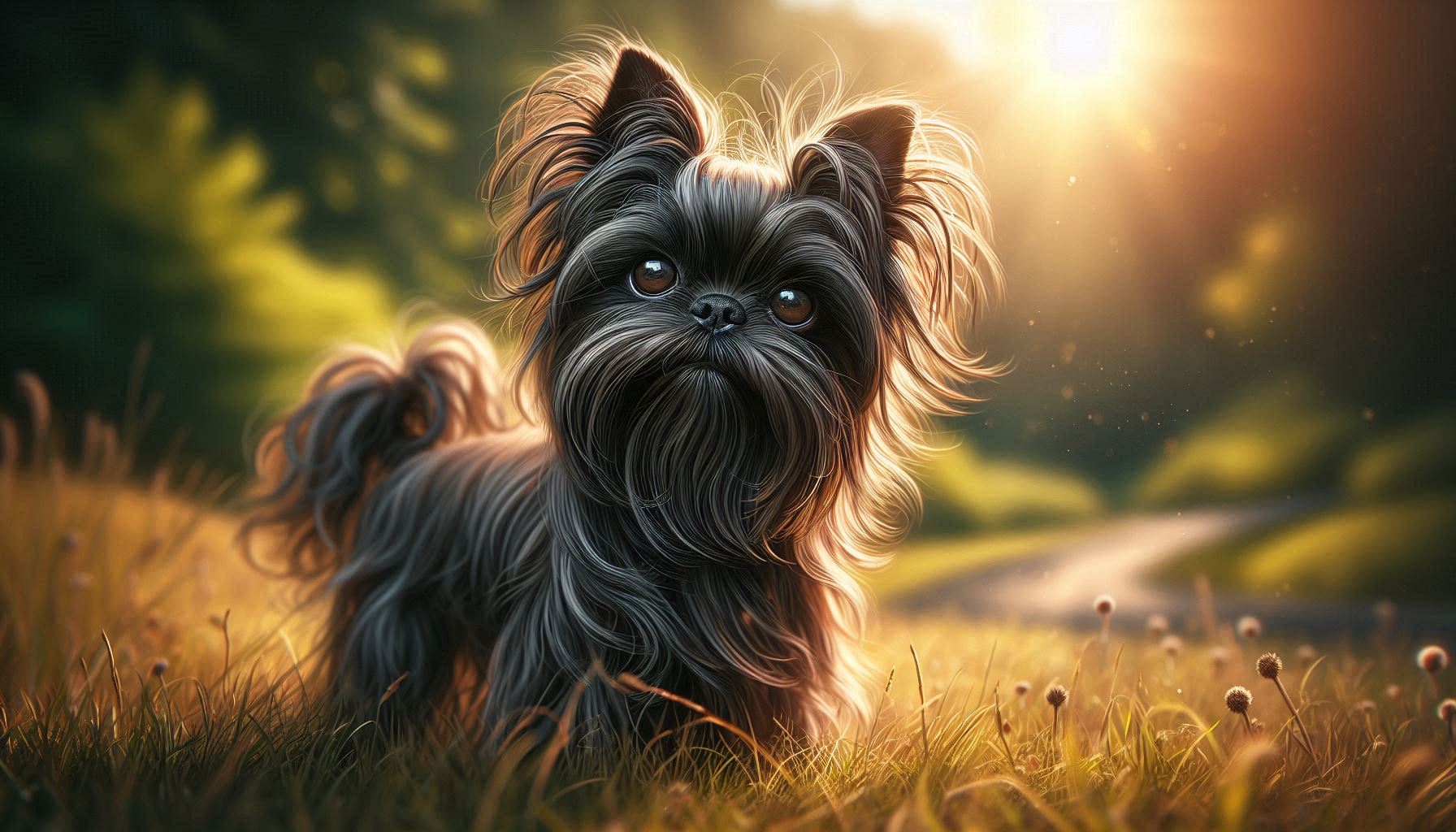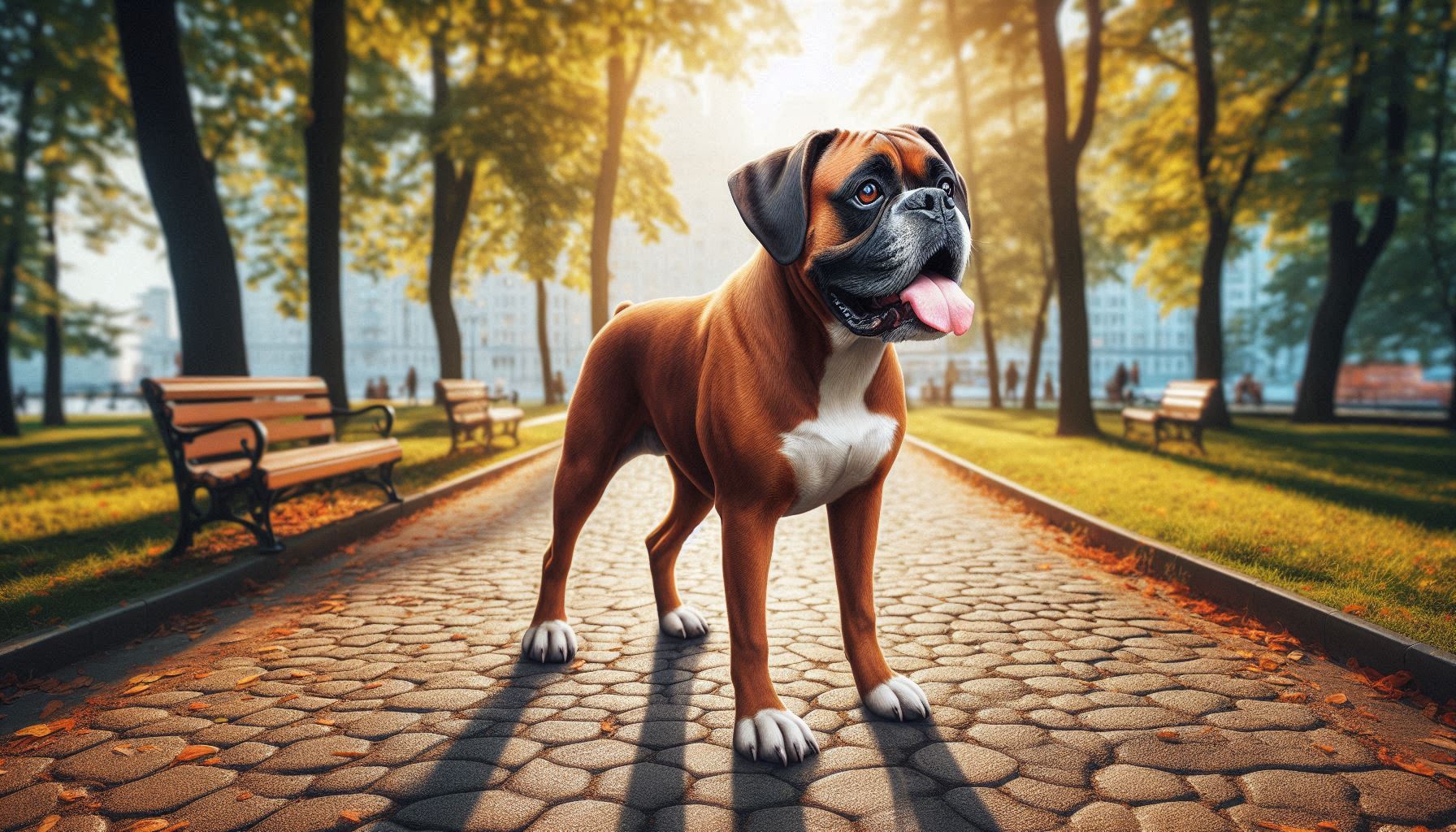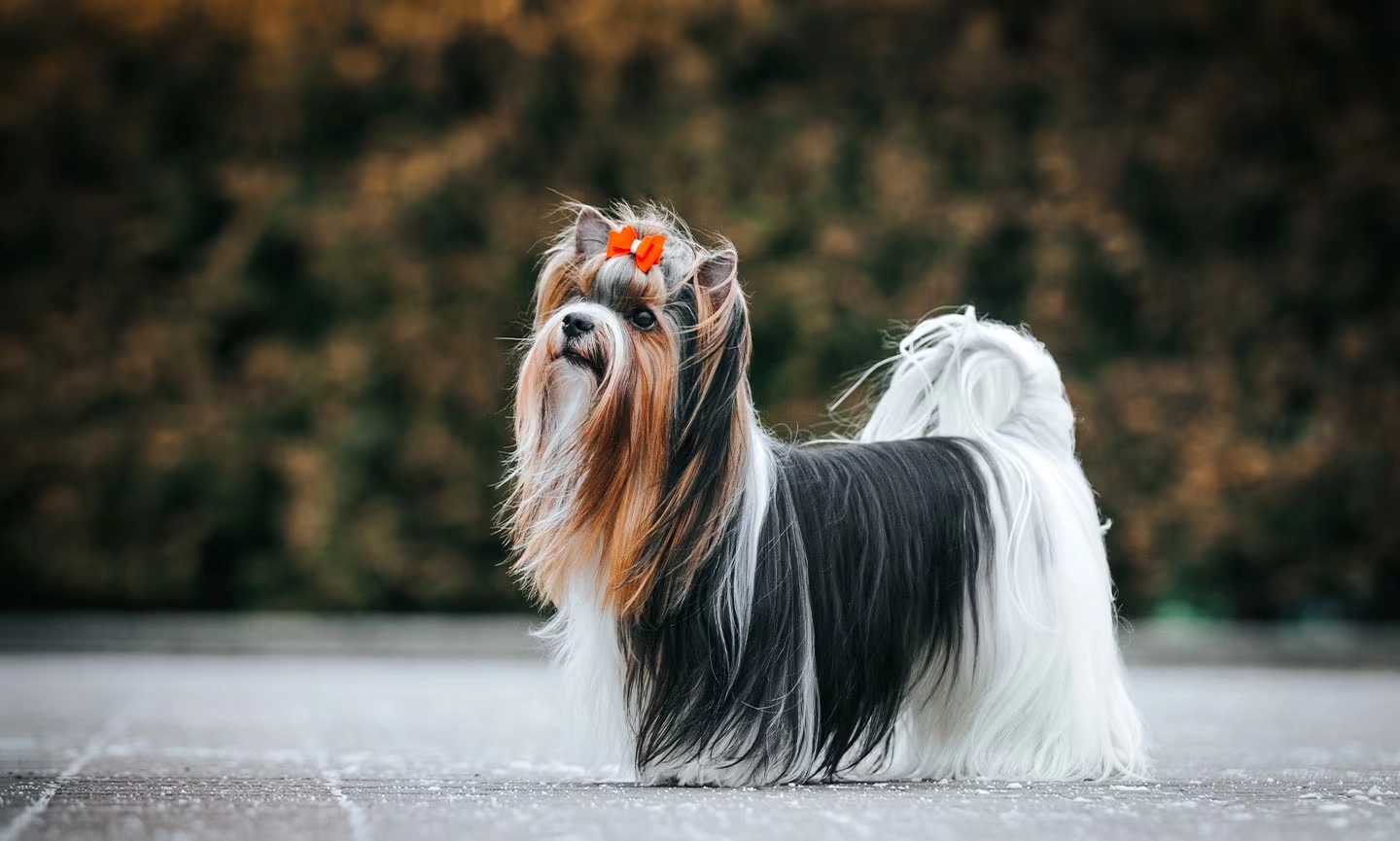Table of Contents
Dobermann Dog Breed
The Dobermann dog breed, known for its sleek coat, athletic build, and alert demeanor, is one of the most iconic and recognizable breeds worldwide. Bred for loyalty, intelligence, and protection, the Dobermann stands out as a beloved pet and exceptional working dog. Whether it’s their fierce loyalty to their owners or their reputation as excellent guard dogs, the Dobermann appeals to many for various reasons. This breed’s combination of elegance, strength, and keen intelligence makes it a favorite for active families and experienced dog owners alike.
History and Origin

The Dobermann’s history is as captivating as the breed itself. Named after Karl Friedrich Louis Dobermann, a German tax collector in the late 19th century, this breed was developed to provide protection while accompanying its owner on his rounds. Karl Dobermann wanted a dog that was fearless, loyal, and strong, yet agile enough to deter threats. To achieve this, he is believed to have crossed several breeds, including the Rottweiler, German Pinscher, Weimaraner, and possibly the Greyhound.
By the early 20th century, the breed had gained popularity beyond Germany, becoming known for its work in military and police forces. Today, the Dobermann is cherished not only as a loyal family companion but also as a versatile working dog used in security, search-and-rescue missions, and even therapy work.
Physical Characteristics

The Dobermann’s appearance is both striking and commanding. Known for its muscular build and sleek coat, this medium to large-sized breed exudes athleticism.
- Size: Adult males typically weigh between 75-100 pounds and stand 26-28 inches tall at the shoulder, while females are slightly smaller, averaging 60-90 pounds and standing 24-26 inches tall.
- Coat Type: The Dobermann’s coat is short, smooth, and glossy, requiring minimal grooming. Despite the short coat, the breed is surprisingly adaptable to different climates, though extra care should be taken in extreme cold.
- Colors: The most common Dobermann coat colors include black and rust, blue and rust, fawn and rust, and red and rust. The rust markings are generally found above the eyes, on the muzzle, chest, legs, and beneath the tail.
- Distinctive Features: Dobermanns are known for their elegant posture, docked tails, and cropped ears (though ear cropping is now illegal in many countries). Their sharp, almond-shaped eyes give them an alert and intelligent expression.
Temperament and Personality
The Dobermann’s temperament is one of the breed’s most notable traits. Known for their loyalty and protective instincts, they form deep bonds with their owners, often following them from room to room. They are intelligent, making them quick learners, but also require mental stimulation to keep them from becoming bored.
- Loyal and Protective: Dobermanns are natural protectors. They tend to be very watchful and are excellent guard dogs, often alerting their owners to any potential danger. However, they are also affectionate, often seeking physical closeness and companionship.
- Interaction with People: Despite their tough exterior, Dobermanns can be incredibly gentle and affectionate towards their families. They tend to form strong attachments and are known to be “velcro dogs” because they like to stay close to their human companions.
- Children and Other Animals: Dobermanns can be excellent companions for children, provided they are well-socialized. They are generally patient and protective but should be supervised around younger kids to avoid accidental rough play. When it comes to other animals, Dobermanns can coexist peacefully if introduced properly and early, although they may have a high prey drive towards smaller animals.
Health and Lifespan
The Dobermann’s health can be robust if properly cared for, but like all breeds, they are prone to certain genetic conditions.
- Common Health Issues:
- Dilated Cardiomyopathy (DCM): A common heart condition in Dobermanns that affects the heart’s ability to pump blood effectively.
- Hip Dysplasia: A hereditary condition where the hip joint doesn’t fit properly into the hip socket, leading to arthritis or pain.
- Von Willebrand’s Disease: A blood clotting disorder that can affect Dobermanns.
- Lifespan: On average, a Dobermann lives 10-13 years, but this can vary based on genetics, diet, and exercise.
- Keeping Your Dobermann Healthy:
- Regular Checkups: Routine vet visits are essential, especially for monitoring heart health.
- Exercise: Keeping the dog physically active helps maintain a healthy weight and good muscle tone, which is crucial for preventing joint issues.
- Diet: A well-balanced, high-protein diet tailored to large, active breeds can help maintain a Dobermann’s health and longevity.
Care and Grooming

Dobermanns are relatively low-maintenance when it comes to grooming, but they do require proper care to thrive.
- Grooming Needs: Their short coat is easy to care for with regular brushing to remove dead hair and keep it shiny. Bathing is only necessary when they get dirty, and regular nail trimming, ear cleaning, and dental care are essential for overall health.
- Exercise Requirements: Dobermanns are energetic dogs that need plenty of physical and mental stimulation. At least 1-2 hours of exercise per day is recommended, including walks, playtime, and interactive toys to keep their sharp minds engaged.
- Dietary Recommendations: Dobermanns require a high-protein diet to support their active lifestyle. A balanced diet, rich in lean meats, whole grains, and vegetables, will keep them healthy. It’s important to avoid overfeeding, as Dobermanns can be prone to obesity if not exercised enough.
Training and Socialization
Training a Dobermann is essential for their well-being and the safety of those around them.
- Intelligence and Trainability: Dobermanns are highly intelligent and often excel in obedience training. They pick up new commands quickly but require consistent and positive reinforcement methods. Harsh training techniques can backfire with this sensitive breed.
- Socialization: Early socialization is critical to ensure that a Dobermann grows into a well-mannered dog. Exposing them to various environments, people, and animals will help curb any overly protective or aggressive tendencies.
- Challenges: Due to their strong-willed nature, Dobermanns may test boundaries. A firm yet gentle approach, combined with patience, will yield the best results for training.
Suitability as a Family Pet
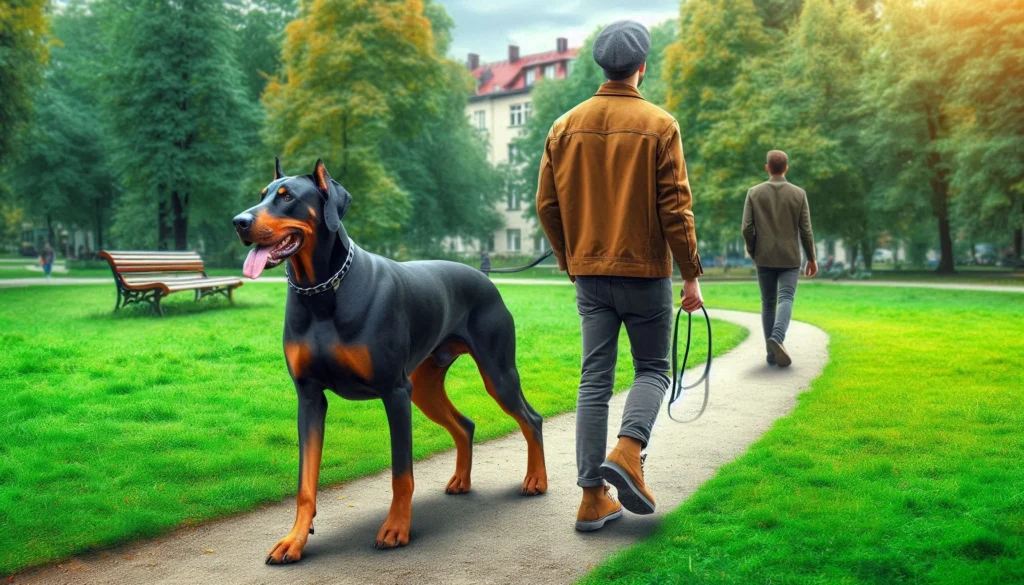
Dobermanns can make excellent family pets, provided they are given the right environment and care. They are best suited for families who have experience with dogs and can provide the time and attention this breed requires.
- Living Environment: Dobermanns do well in both apartments and houses, as long as they receive adequate exercise. However, a securely fenced yard is ideal for letting them burn off energy.
- Energy Levels: They are high-energy dogs, so they need active owners who can keep up with their physical demands. Without enough activity, they may develop destructive behaviors out of boredom.
Fun Facts and Trivia
- Military Heroes: Dobermanns served as war dogs during World War II, often referred to as “Devil Dogs” by the U.S. Marine Corps.
- Named After Their Creator: The breed is one of the few named after a person Karl Dobermann.
- Dobermanns in Pop Culture: Dobermanns have appeared in numerous films and TV shows, often portrayed as loyal guardians or fierce protectors.
Dog Breeds Similar to the Dobermann
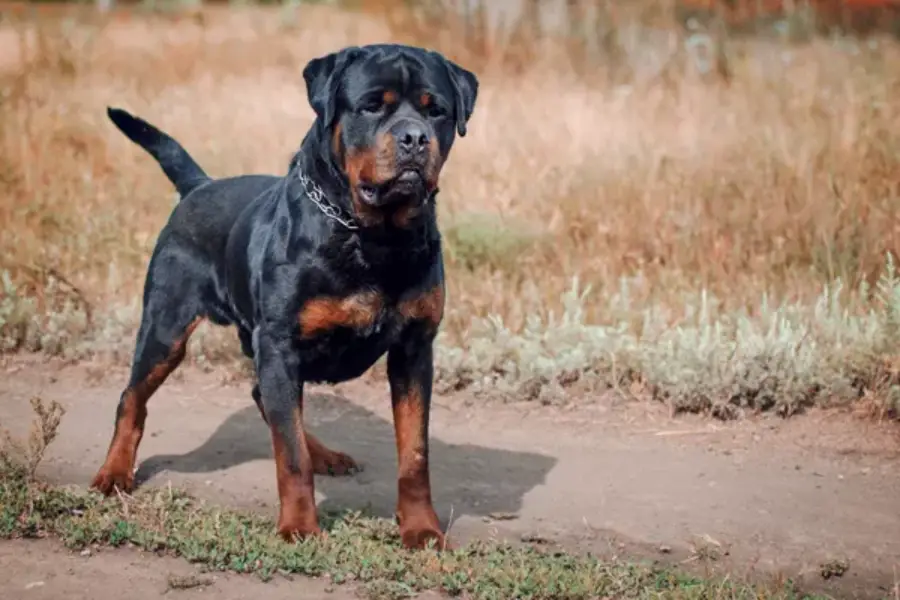
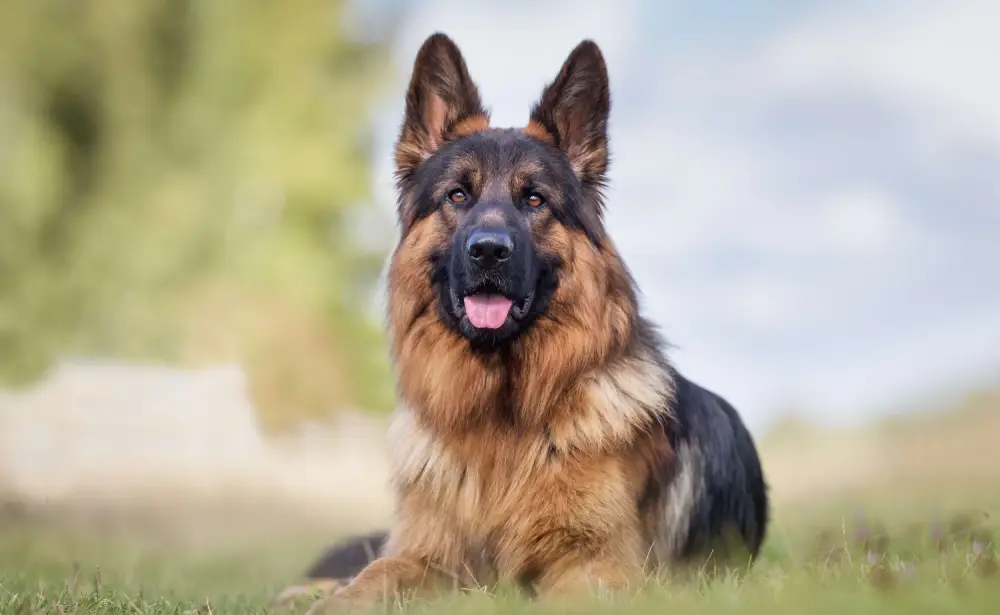
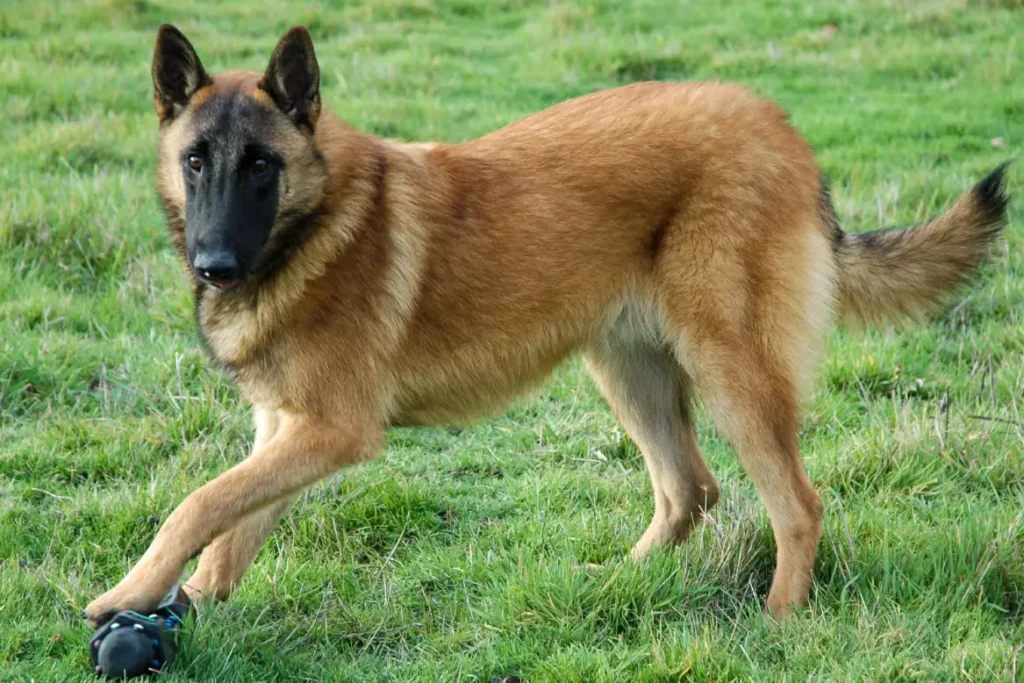
- Rottweiler: Another German breed known for its strength and guarding abilities, the Rottweiler shares the Dobermann’s protective instincts and loyalty to family.
- German Shepherd: This versatile working dog is similar in temperament and size to the Dobermann, excelling in police and military work as well.
- Belgian Malinois: Like the Dobermann, the Belgian Malinois is highly intelligent and used in various working roles, including protection and detection tasks.
Conclusion
The Dobermann dog breed is an exceptional companion for experienced dog owners looking for a loyal, protective, and intelligent pet. With proper care, socialization, and training, Dobermanns can thrive in family settings and excel in a variety of roles, from guard dog to loving pet. If you’re considering adding a Dobermann to your family, make sure you’re prepared to meet their needs for exercise, mental stimulation, and companionship.
Frequently Asked Questions
Is the Dobermann a dangerous dog?
While Dobermanns have a reputation for being fierce protectors, they are not inherently dangerous. Proper training and socialization from a young age are crucial to ensure they are well-behaved and non-aggressive. They are naturally protective of their families, but this can be managed with positive reinforcement training.
Is the Dobermann the best guard dog to protect my family?
Yes, Dobermanns are known for their protective instincts and make excellent guard dogs. They are naturally alert and loyal, which makes them highly effective in protecting homes and families. However, they also require proper training to balance their guarding tendencies with good behavior.

